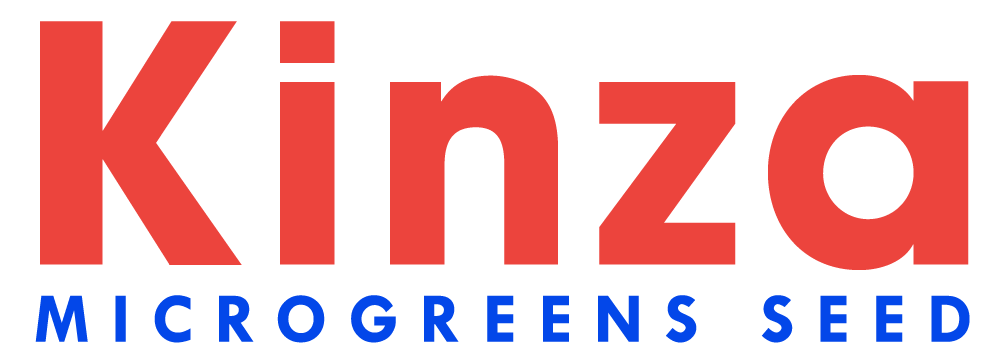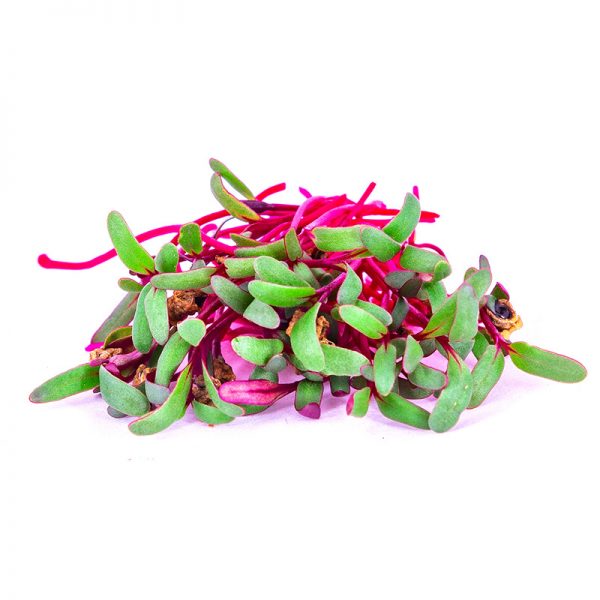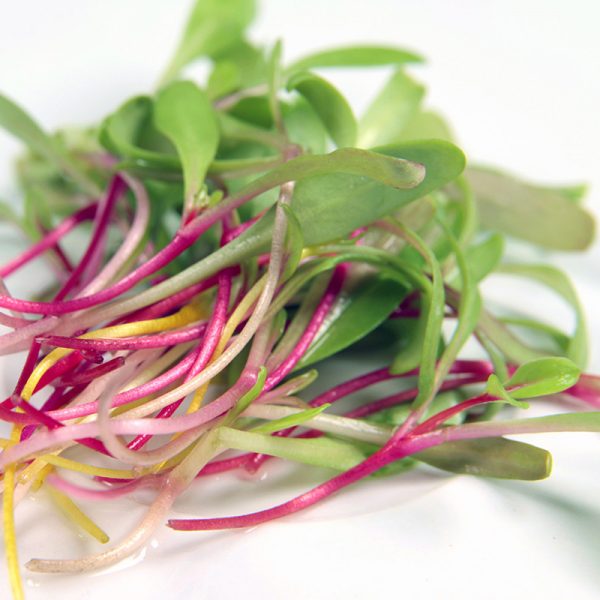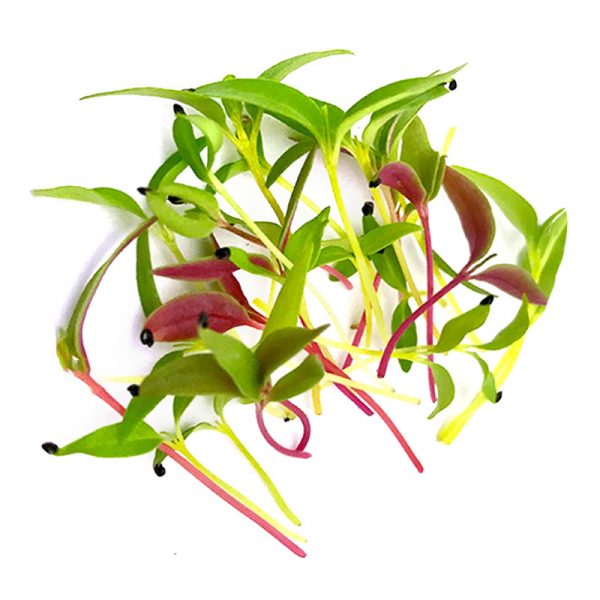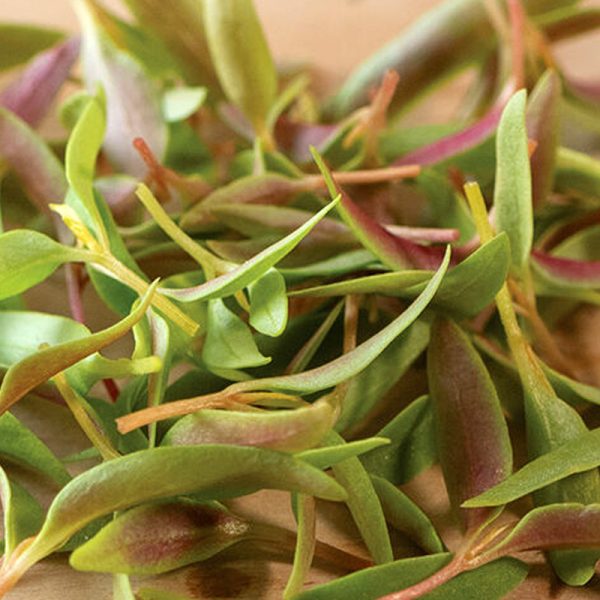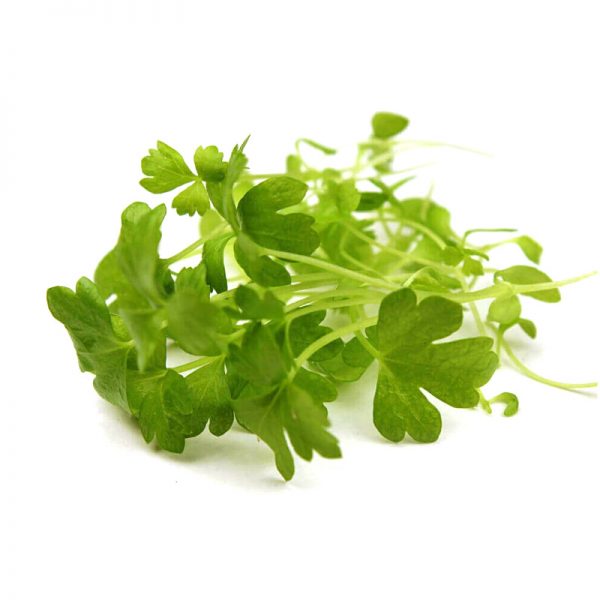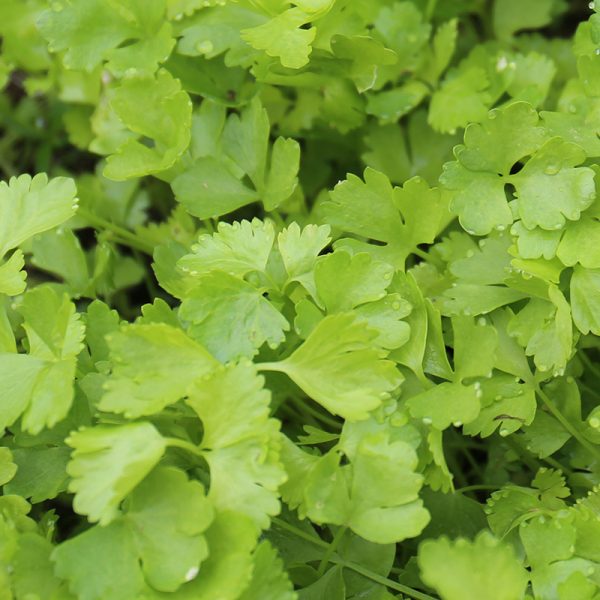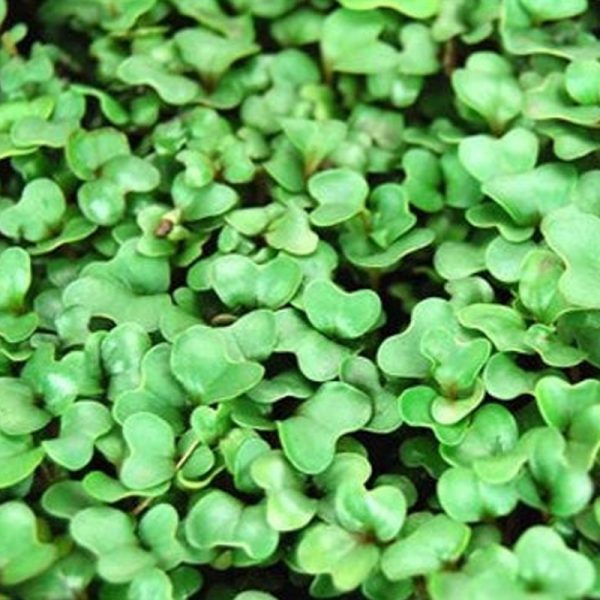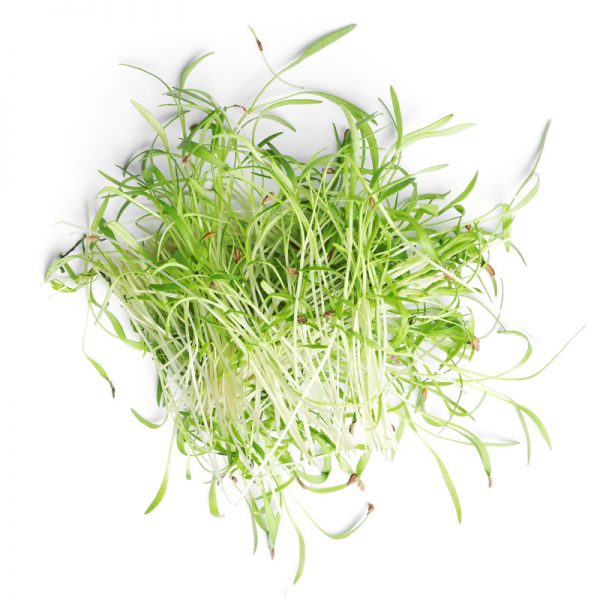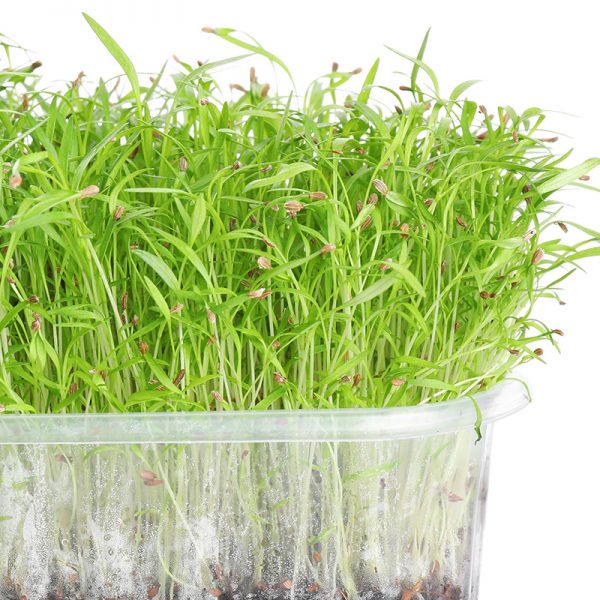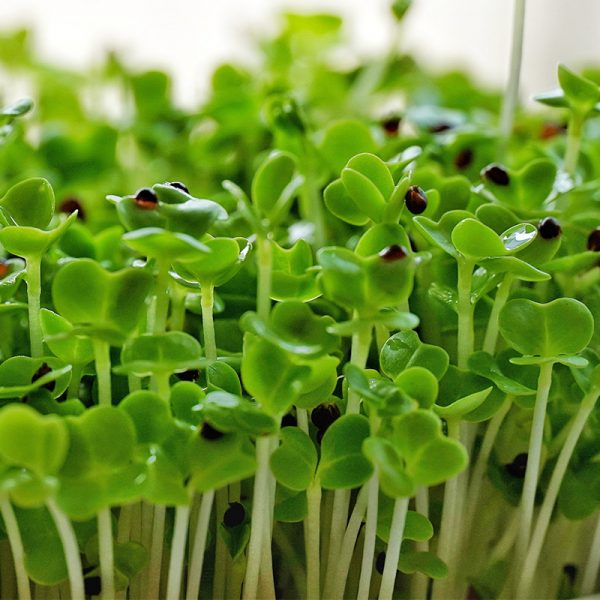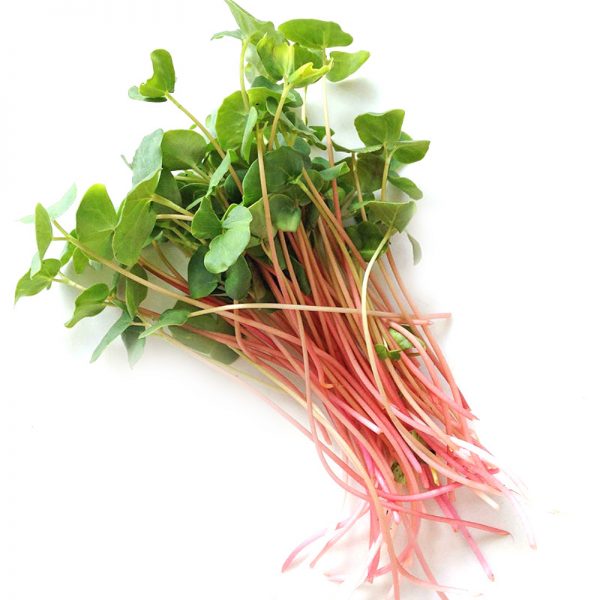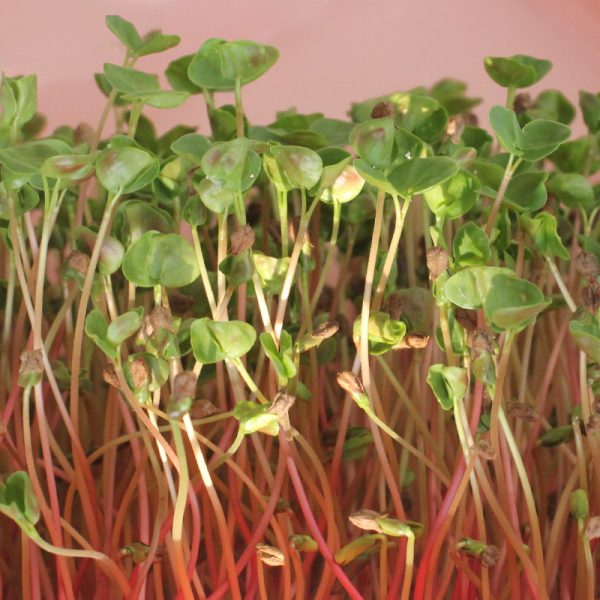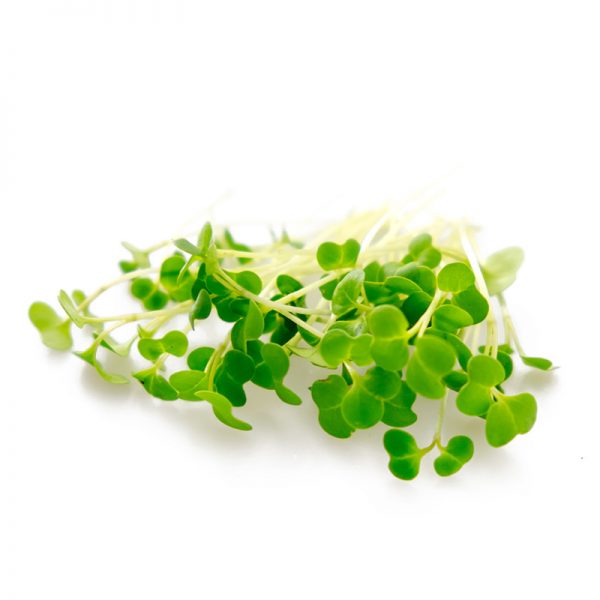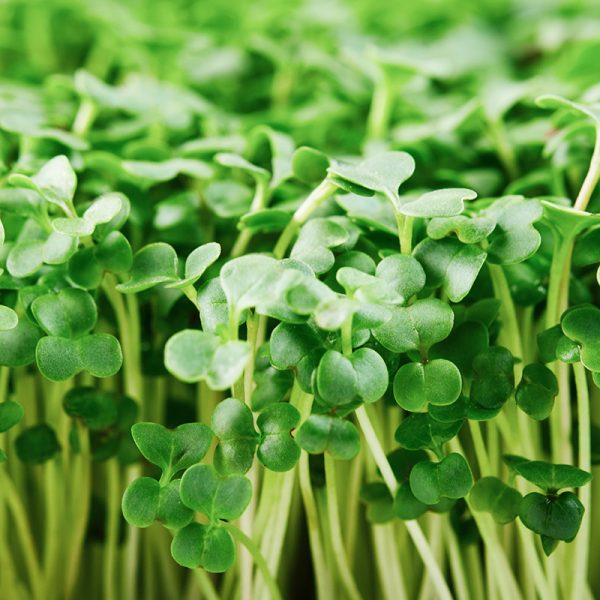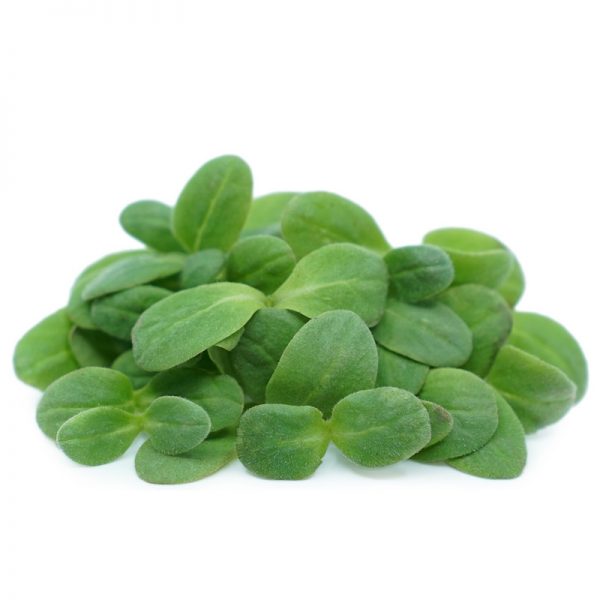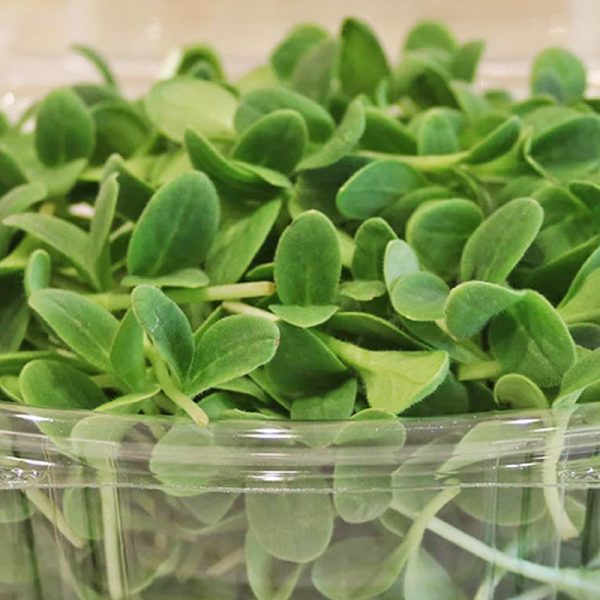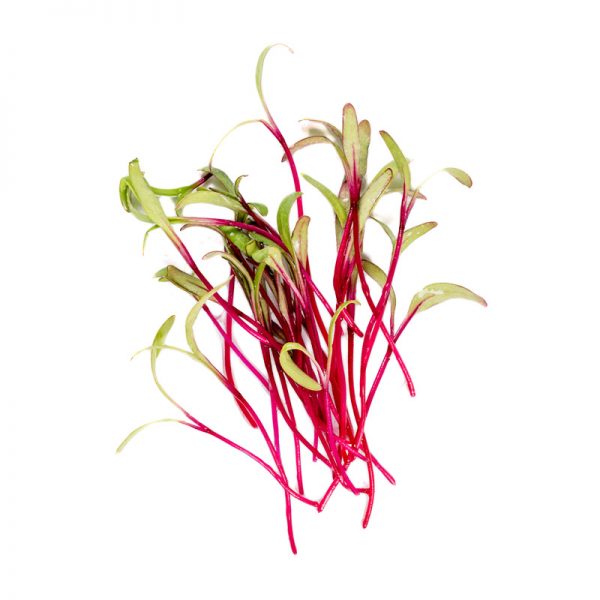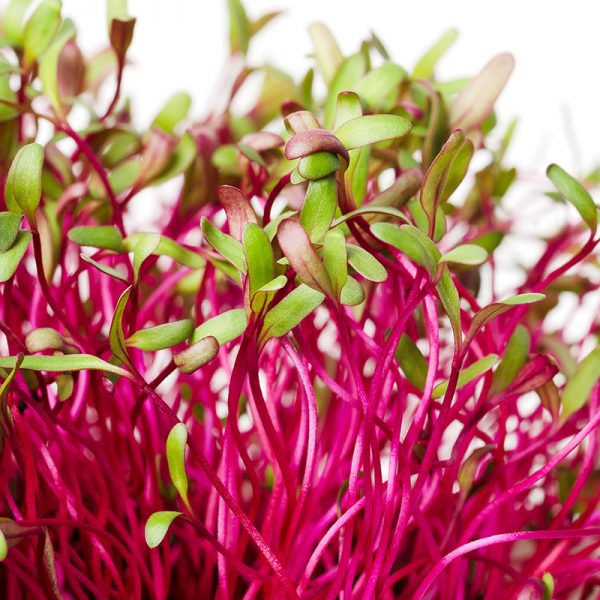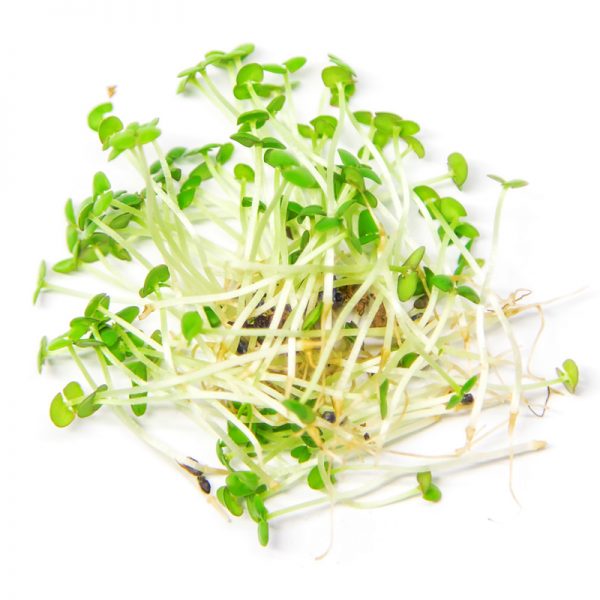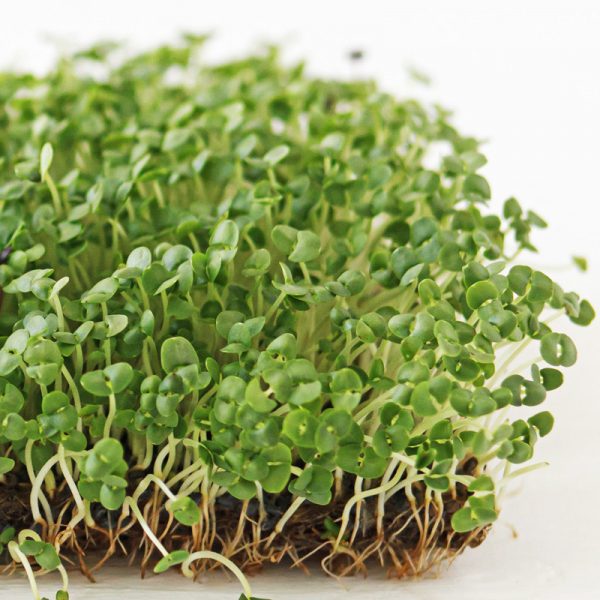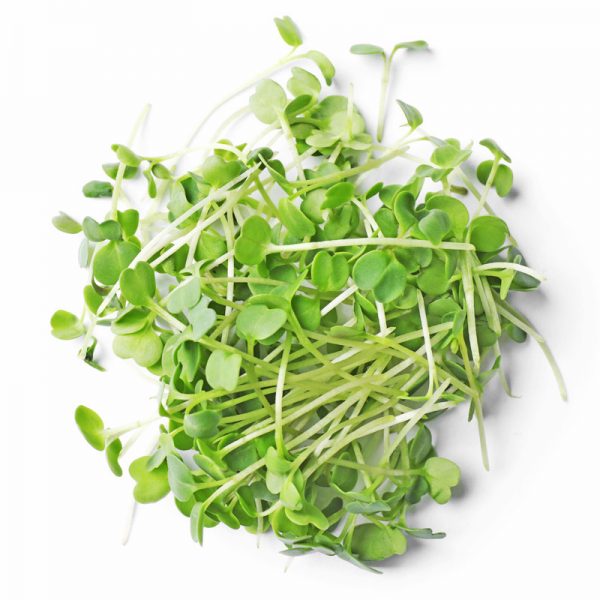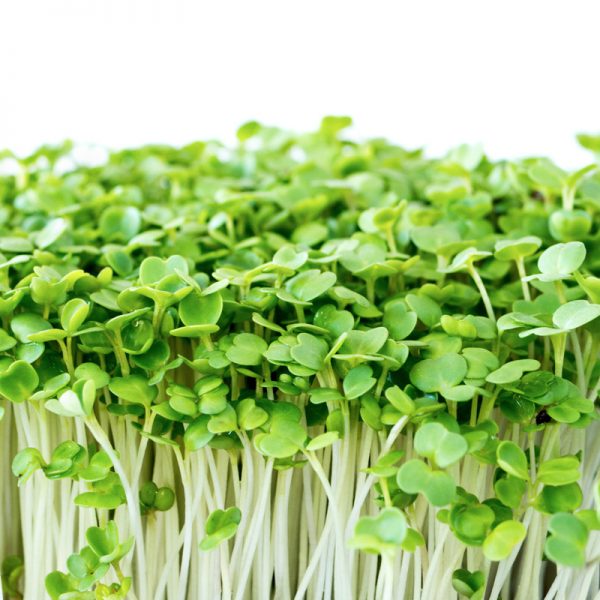Filters
DoneActive Filters
Filter by Category
Filter by Color
Filter by Price
Min Price:
Max Price:
View cart “Borage” has been added to your cart.
-

 $120.00
$120.00Buckwheat are types of microgreens that are delicious and healthy. It grows tall very fast, and you don’t even need to pre-soak them. I did soak them a couple of hours for a better germination rate though, you can try your own way. One thing to note for buckwheat microgreens is their “poisonous” substance named fagopyrin.
-

 $10.00
$10.00Borage microgreens are the types of microgreens that you need a little patience to grow. Perhaps, you can try to pre-soak the seed for a few hours to have a better germination rate. In my case, it takes a while to germinate (in soil) with only about 70% sprouting rate, and then some of them germinate later in the week.
-


Common name Arugula, rocket, garden rocket, rocket salad, eruca, rucola, roquette, rugula, colewort Pre soak No Flavor Nutty, peppery, pungency Color soft green leaves, light purple stems Nutrition High in Vitamin C, beta-carotene, phenols, potassium and calcium. Health Benefits Prevent various type of cancers, bone development and regulate many body functions. learn more. Seeding rate (10″x20″ Tray) 1 oz Germination time 2-3 days Blackout time 4-5 days Harvest time 7-10 days
